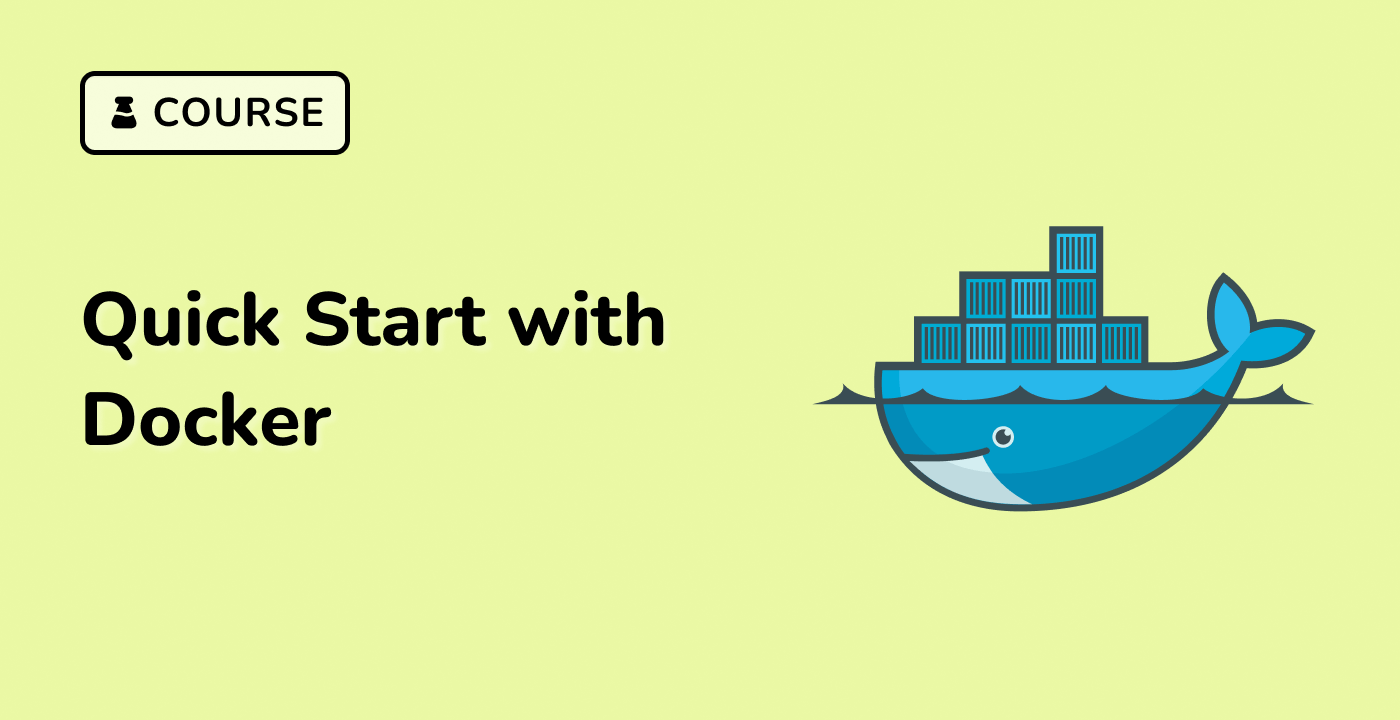Docker Engine Basics
What is Docker Engine?
Docker Engine is a core component of containerization technology that enables developers to build, run, and manage containers efficiently. As a runtime environment, it provides a lightweight and portable solution for software deployment across different computing platforms.
Key Components of Docker Engine
graph TD
A[Docker Client] --> B[Docker Daemon]
B --> C[Container Runtime]
B --> D[Image Management]
B --> E[Network Configuration]
| Component |
Description |
Function |
| Docker Client |
User interface |
Sends commands to Docker daemon |
| Docker Daemon |
Background service |
Manages containers, images, and resources |
| Container Runtime |
Execution environment |
Runs and manages container lifecycle |
Installation on Ubuntu 22.04
## Update package index
sudo apt-get update
## Install dependencies
sudo apt-get install ca-certificates curl gnupg
## Add Docker's official GPG key
sudo install -m 0755 -d /etc/apt/keyrings
curl -fsSL | sudo gpg --dearmor -o /etc/apt/keyrings/docker.gpg
sudo chmod a+r /etc/apt/keyrings/docker.gpg
## Set up repository
echo \
"deb [arch="$(dpkg --print-architecture)" signed-by=/etc/apt/keyrings/docker.gpg] \
"$(. /etc/os-release && echo "$VERSION_CODENAME")" stable" \
| sudo tee /etc/apt/sources.list.d/docker.list > /dev/null
## Install Docker Engine
sudo apt-get update
sudo apt-get install docker-ce docker-ce-cli containerd.io docker-buildx-plugin docker-compose-plugin
Basic Docker Engine Architecture
Docker Engine operates through a client-server architecture. The Docker client communicates with the Docker daemon, which manages container lifecycle, image storage, and system resources. This architecture enables efficient containerization and resource management.
Container Runtime Execution
## Run a simple container
docker run hello-world
## List running containers
docker ps
## Inspect container details
docker inspect <container_id>
The Docker Engine provides a robust runtime environment that abstracts system complexities, allowing seamless container deployment and management across different infrastructure platforms.




